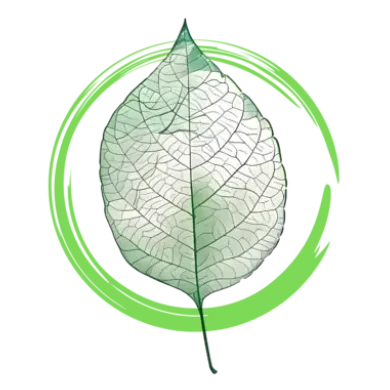Your cart is currently empty!
Tag: raw material
-

The Future of Textiles: The Fungal Filament Revolution in Fashion
The fashion industry is constantly seeking more sustainable solutions to reduce its environmental footprint. One of the most exciting and innovative answers to this challenge comes from the most humble components of nature: mushrooms and fungal filaments!
These organisms offer pioneering opportunities in textile manufacturing, paving the way for truly green, ethical, and high-tech materials.
Why Mushrooms? Mycelium as a Supermaterial
When we talk about mushrooms, we’re not just referring to the edible capped varieties. For textile production, the real marvel lies in the fungus’s underground, dense, root-like network: the mycelium. This intricate structure, composed of thin, branching filaments (hyphae), forms an incredibly strong, flexible, and versatile natural polymer composite.
Mycelium can be easily and quickly grown in industrial settings on agricultural byproducts such as sawdust or organic waste. This process requires significantly less water, energy, and chemicals than producing traditional materials like leather or synthetic textiles.
Mushroom Leather: Elegance Meets Ethics
One of the most significant breakthroughs has been in the field of mushroom leather or mycelium leather. Numerous startups and leading fashion houses are working to transform mycelium into a premium-quality material that is deceptively similar to real animal leather.
- Sustainability: It is entirely biodegradable and avoids the ethical and environmental issues associated with animal farming.
- Properties: Mushroom leather is often lighter and more flexible than real leather while being able to mimic its strength and texture. It is ideal for manufacturing bags, shoes, and apparel accessories.
Fungal Filaments and Textile Fibers: The Fabric of the Future
Mycelium isn’t just used as a leather substitute; textile fibers made from fungal filaments are also gaining ground. These processes are being developed to convert mycelium or its byproducts into fine, spinnable threads, which are then used to weave fabrics.
Some research is exploring how the cellulose-based cell walls of fungi can be chemically and mechanically processed into fibers that rival cotton, silk, or even synthetic materials. The goal is to create a zero-waste, circular textile material that could revolutionize the fashion industry.
Challenges and Outlook
Like any pioneering technology, the use of fungal filaments faces several challenges. The most important is achieving economies of scale and cost-effectiveness. Currently, manufacturing fungal-based textiles is still relatively expensive, but as the technology matures and industrial production ramps up, prices are expected to drop.
Mushrooms and fungal filaments are not just a trend; they represent a fundamental paradigm shift in textile manufacturing. Mycelium harnesses the power of nature to combine sustainability, innovation, and aesthetics, allowing fashion to truly step onto a green path.
Get ready—mushrooms may soon appear in your wardrobe!
